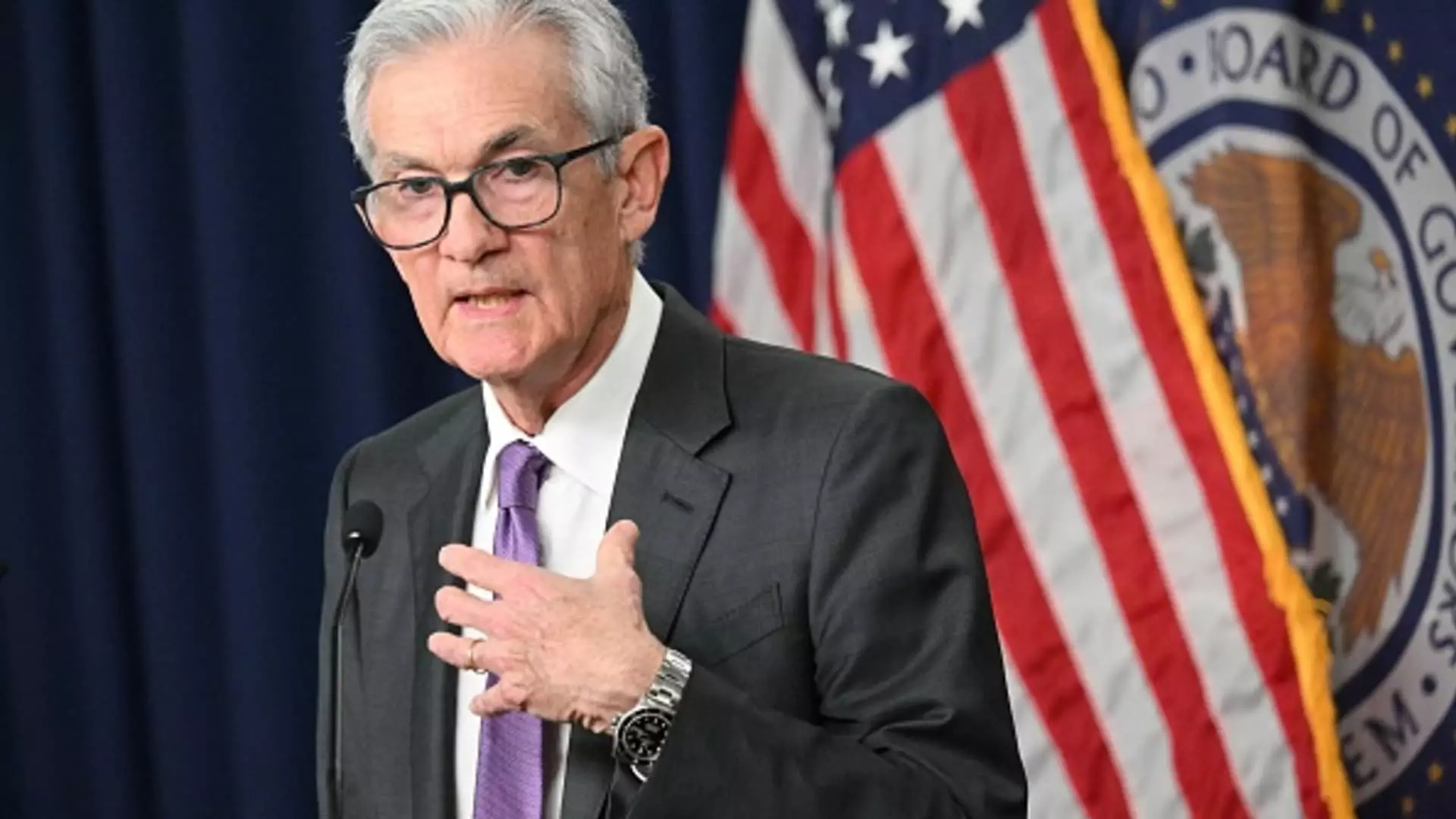The Federal Reserve recently made the decision to keep interest rates steady, opting not to cut rates amidst growing concerns over inflation. The central bank kept its benchmark short-term borrowing rate within a targeted range of 5.25%-5%, a level that has been in place since July 2023. This decision was widely anticipated as the Fed continues to grapple with rising inflationary pressures.
Although the Fed decided to maintain interest rates, it did announce a slight easing of its monetary policy by reducing the pace at which it is decreasing bond holdings on its balance sheet. This move could be seen as a subtle shift towards providing additional support to the economy, given the challenges posed by persistent inflation.
Challenges in Achieving Inflation Target
The Federal Open Market Committee acknowledged in its post-meeting statement that there has been a “lack of further progress” in bringing inflation back down to the targeted 2% level. The committee emphasized that it will require greater confidence in the sustainability of inflation before considering any rate cuts. This highlights the difficulties the Fed faces in managing inflationary pressures effectively.
Despite the decision to hold interest rates steady, the Fed’s statement mentioned that economic growth is proceeding at a solid pace, supported by strong job gains and low unemployment. The committee also announced a plan to reduce the monthly cap on Treasurys to $25 billion from $60 billion, signaling a moderation in the balance sheet reduction process. This adjustment aims to provide some relief to financial markets amidst ongoing economic challenges.
The Federal Reserve continues to express concerns over inflation, with data showing that price increases remain well above the targeted 2% level. Higher inflation coupled with slower than expected GDP growth in the first quarter has raised fears of stagflation, a scenario characterized by high inflation and weak economic growth. The recent uptick in the Labor Department’s employment cost index further underscores the challenges facing the economy.
Financial markets have had to adjust their expectations for interest rates in response to evolving economic conditions. Initially, there were expectations of multiple rate cuts, but the current outlook suggests only one cut towards the end of the year. Fed officials have emphasized the need for patience in evaluating monetary policy decisions, with some even hinting at the possibility of rate increases if inflationary pressures persist.
The Federal Reserve’s decision to hold interest rates steady reflects the ongoing struggle to manage inflation while supporting economic growth. The Fed’s cautious approach in easing monetary policy underscores the complexities of the current economic environment. Moving forward, policymakers will need to carefully monitor inflation trends and economic indicators to determine the appropriate course of action.

